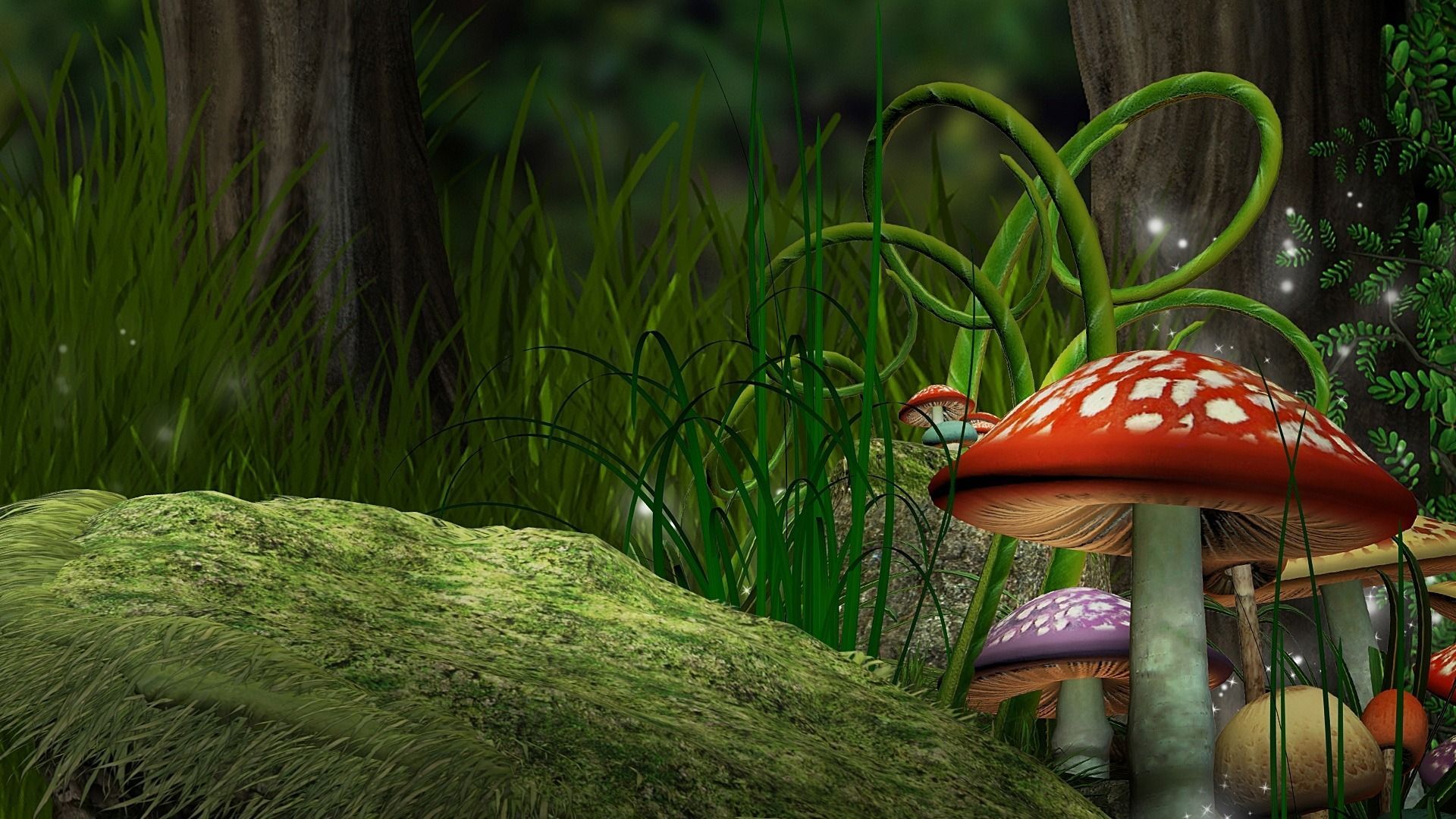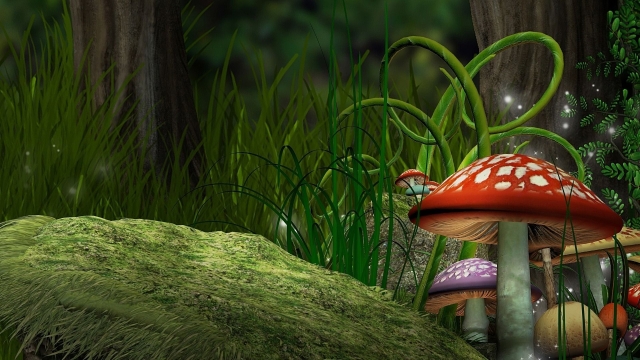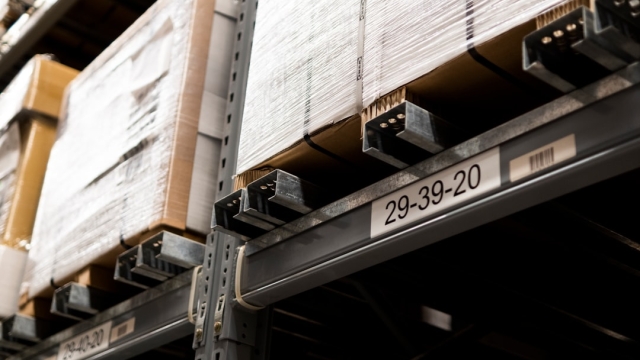Fungi Fun: Unleashing the Magic of Mushroom Growing

Do you have a fascination with fungi? Are you looking for a unique and rewarding hobby? Look no further than mushroom growing! Whether you’re a nature enthusiast, a foodie, or simply someone seeking a new adventure, cultivating your own mushrooms can open up a world of possibilities. From the earthy flavors of sautéed shiitakes to the delicate textures of oyster mushrooms, exploring the realm of homegrown fungi is truly a magical experience.
Embarking on the journey of mushroom growing allows you to witness the incredible life cycle of these fascinating organisms up close. As you delve into this enchanting hobby, you’ll learn about the intricate process of mycelium colonization, fruiting, and harvest. It’s a journey that is equal parts science and art, as you tap into nature’s own masterful design.
Not only does mushroom growing offer a wealth of culinary delights, but it also provides numerous environmental benefits. By cultivating your own mushrooms, you become a part of the sustainable food movement, reducing your carbon footprint and minimizing the transportation distances associated with store-bought varieties. Plus, unlike traditional gardening, mushroom growing doesn’t require vast amounts of space or sunlight, making it an accessible and adaptable activity for urban dwellers and those with limited outdoor areas.
So, whether you’re seeking an opportunity to connect with nature, an avenue to explore your culinary creativity, or simply a captivating hobby, mushroom growing is the perfect choice. Join us on this magical journey, as we delve into the world of fungi and uncover the secrets and wonders of cultivating these majestic organisms from the comfort of your own home. Get ready to unleash the magic of mushroom growing!
Choosing the right mushroom variety
When it comes to mushroom growing, selecting the right variety is crucial for a successful harvest. The mushroom you choose to grow will depend on factors such as your climate, available resources, and personal preferences. Here are some popular varieties to consider:
-
Button mushrooms: Also known as Agaricus bisporus, button mushrooms are a common choice for beginners due to their versatility and ease of cultivation. These mushrooms have a mild flavor and a firm texture, making them suitable for a variety of culinary uses.
-
Oyster mushrooms: Pleurotus ostreatus, or oyster mushrooms, are another popular choice among home cultivators. They come in different colors, including white, brown, and pink, and offer a delicate, slightly nutty flavor. Oyster mushrooms are known for their rapid growth and ability to thrive on various sources, such as straw, wood chips, and coffee grounds.
-
Shiitake mushrooms: Lentinula edodes, or shiitake mushrooms, are highly prized for their rich, savory taste and meaty texture. These mushrooms require a bit more attention and specific growing conditions, including a substrate made of hardwood logs or sawdust. However, their unique flavor makes them a rewarding choice for more experienced growers.
Remember, this is just a glimpse into the wide variety of mushrooms available for cultivation. Explore different options and consider experimenting with exotic varieties if you feel adventurous. The choice of mushroom variety ultimately depends on your personal preferences and the resources you have at your disposal.
Setting up a mushroom growing space
When it comes to mushroom growing, creating the right environment is key. A well-designed space will help ensure the success of your mushroom cultivation project. Here are some essential steps to consider when setting up your mushroom growing space.
-
Choosing the location: Start by selecting a suitable location for your mushroom growing space. Consider factors such as temperature, humidity, and accessibility. Mushrooms thrive in cool, dark, and humid conditions, so look for an area that can be easily controlled to maintain these optimal conditions.
-
Preparing the area: Once you have chosen a location, prepare the space for mushroom cultivation. Clean the area thoroughly to remove any potential contaminants that could harm the mushrooms. Ensure that the space is free from pests, as they can pose a threat to your crop.
-
Creating a controlled environment: To cultivate mushrooms successfully, it is essential to create a controlled environment. Install proper insulation and ventilation systems to regulate temperature and airflow. Use a humidifier or misting system to maintain the necessary humidity levels. Additionally, consider implementing a lighting system if your chosen mushroom species requires specific light exposure.
By carefully setting up your mushroom growing space, you are laying the foundation for a successful cultivation project. Remember to monitor and adjust the environmental factors regularly to ensure the best possible conditions for your mushrooms to thrive.
Tips for successful mushroom cultivation
-
Choose the right mushroom variety: When embarking on mushroom cultivation, it is crucial to select the appropriate mushroom variety suitable for the growing conditions and your desired outcome. Different types of mushrooms thrive in specific environments, such as oyster mushrooms enjoying cooler temperatures, while shiitake mushrooms prefer slightly warmer conditions. Doing thorough research and selecting the right variety will increase your chances of a successful harvest.
-
Create the perfect growing environment: Mushrooms have specific requirements for temperature, humidity, and lighting. Maintaining the ideal conditions is essential for successful cultivation. Ensure that the growing area is clean and well-ventilated. Temperature control and humidity levels are particularly crucial, as mushrooms are sensitive to changes in these factors. Providing a consistent environment will promote healthy growth and reduce the risk of contamination or stunted development.
-
Use proper substrate and spawn: Mushrooms require a nutrient-rich substrate to grow. Common substrates include hardwood sawdust, straw, or compost. It is essential to sterilize or pasteurize the substrate to eliminate any potential contaminants that could hinder mushroom growth. Additionally, inoculating the substrate with spawn, which is the mycelium of the desired mushroom variety, is necessary for the mushrooms to propagate. Use quality spawn and distribute it evenly throughout the substrate for optimal colonization.
Remember, successful mushroom cultivation requires patience, attention to detail, and a willingness to learn from any setbacks. By choosing the right variety, creating an ideal growing environment, and using quality substrate and spawn, you can unleash the magic of mushroom growing and enjoy a bountiful harvest.


